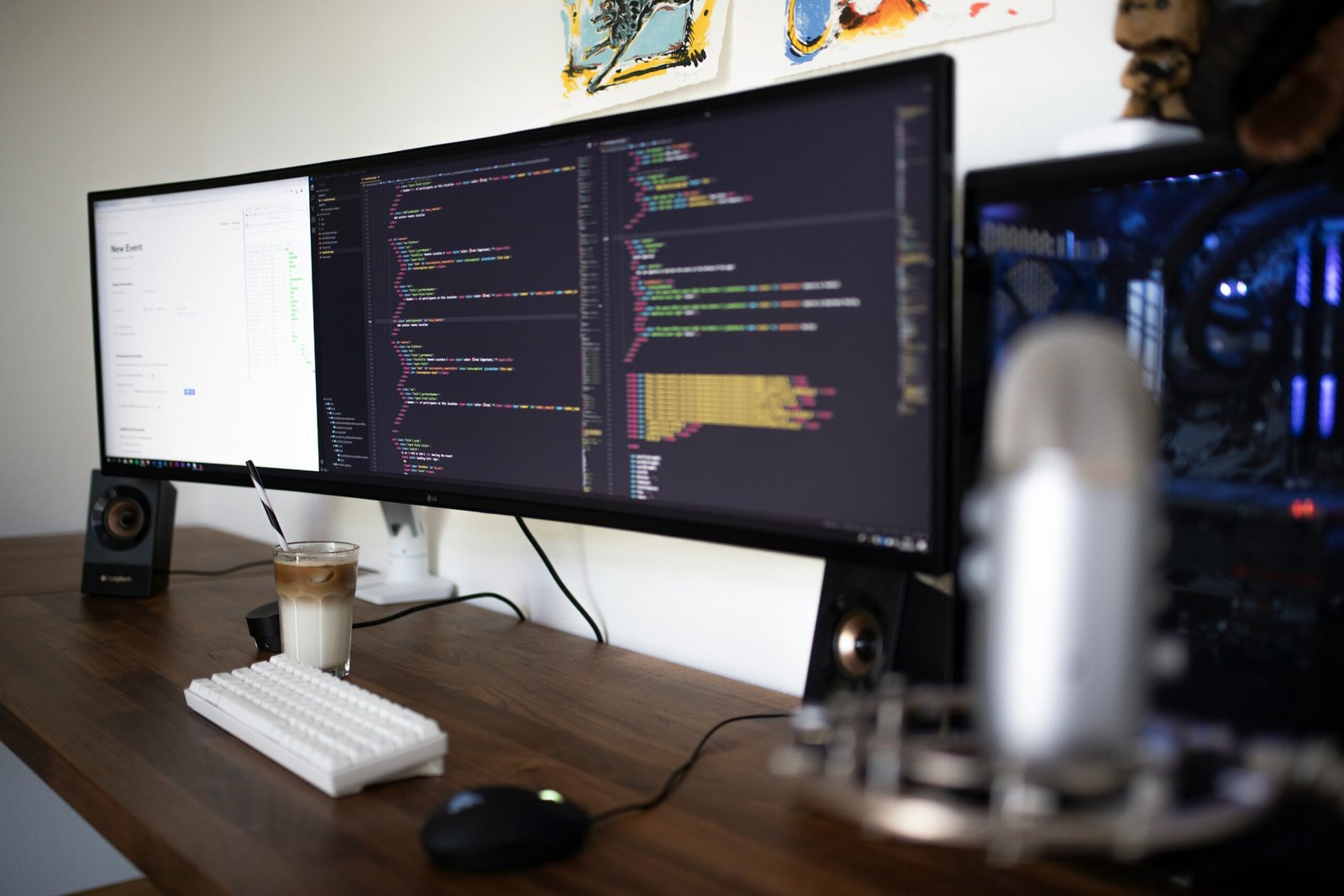
Photo by <a href="https://unsplash.com/@mattykwong1" rel="nofollow">Matthew Kwong</a> on <a href="https://unsplash.com/?utm_source=hostinger&utm_medium=referral" rel="nofollow">Unsplash</a>
Emerging Trends and Technologies
In 2023, the industry is poised for substantial transformation driven by emerging trends and technologies. Notably, advancements in artificial intelligence (AI) and machine learning (ML) are expected to revolutionize various sectors. With AI’s capacity for data analysis and predictive modeling, businesses can enhance decision-making processes, streamline operations, and deliver personalized customer experiences. Machine learning, a subset of AI, provides tools for automating complex tasks, reducing human error, and fostering innovation across industries.
Blockchain technology is another significant trend redefining secure transactions and data integrity. Initially associated with cryptocurrencies, blockchain’s decentralized ledger system is now being integrated into supply chain management, financial services, and even voting systems. Companies are leveraging blockchain to ensure transparency, reduce fraud, and enhance security, thus gaining a competitive edge in the market.
The Internet of Things (IoT) continues to expand, connecting more devices and systems than ever before. IoT technology enables real-time data collection and analytics, offering insights that can improve product development, customer satisfaction, and operational efficiency. For instance, smart home devices and industrial IoT applications are providing unprecedented levels of control and automation, shaping the future of both consumer and industrial landscapes.
Leading companies are already adopting and integrating these technologies to stay ahead of the curve. For example, Amazon’s use of AI and ML for optimizing supply chain logistics and enhancing customer service showcases the practical applications of these innovations. Similarly, IBM’s blockchain solutions are being utilized by various industries to fortify data security and streamline business processes.
The implications of these emerging technologies are profound. Businesses that embrace AI, blockchain, and IoT can expect to see improvements in efficiency, cost reductions, and enhanced customer experiences. Moreover, these technologies are likely to drive significant shifts in market dynamics, fostering new business models and competitive strategies. As experts predict, staying abreast of these trends is crucial for any organization aiming to thrive in the rapidly evolving industry landscape of 2023.
Market Forecast and Strategic Implications
As we look ahead to 2023, the industry is poised for substantial growth, driven by advancements in technology, evolving consumer preferences, and regulatory changes. Market analysts predict a robust expansion across key segments, with a projected compound annual growth rate (CAGR) of 8% over the next five years. However, this growth is not without its challenges, including increased competition, supply chain disruptions, and regulatory uncertainties.
One of the primary growth drivers will be the adoption of innovative technologies such as artificial intelligence, machine learning, and blockchain. These technologies are expected to enhance operational efficiencies, improve customer experiences, and create new revenue streams. Companies that invest in these technologies early will likely gain a competitive edge. On the other hand, those that fail to adapt may struggle to keep pace with industry leaders.
Regulatory changes will also play a significant role in shaping the market landscape. Recent updates in data privacy laws, environmental regulations, and trade policies could impact how businesses operate. Companies will need to stay informed about these changes and adjust their strategies accordingly to ensure compliance and minimize potential disruptions.
To navigate these challenges and capitalize on emerging opportunities, businesses should focus on several strategic initiatives. Firstly, fostering a culture of innovation is crucial. Encouraging employees to think creatively and experiment with new ideas can lead to breakthroughs that drive growth. Secondly, building strong partnerships with technology providers and other industry players can provide valuable resources and insights.
Case studies of companies that have successfully adapted to industry shifts offer valuable lessons. For example, Company A leveraged AI to optimize its supply chain, resulting in a 20% reduction in costs and faster delivery times. Company B embraced sustainable practices, which not only improved its environmental footprint but also attracted eco-conscious consumers, boosting sales by 15%.
In conclusion, businesses aiming to thrive in 2023 should prioritize innovation, stay abreast of regulatory changes, and learn from the successes of industry leaders. By doing so, they can navigate potential disruptions, seize new opportunities, and maintain a competitive advantage in a rapidly evolving market.





